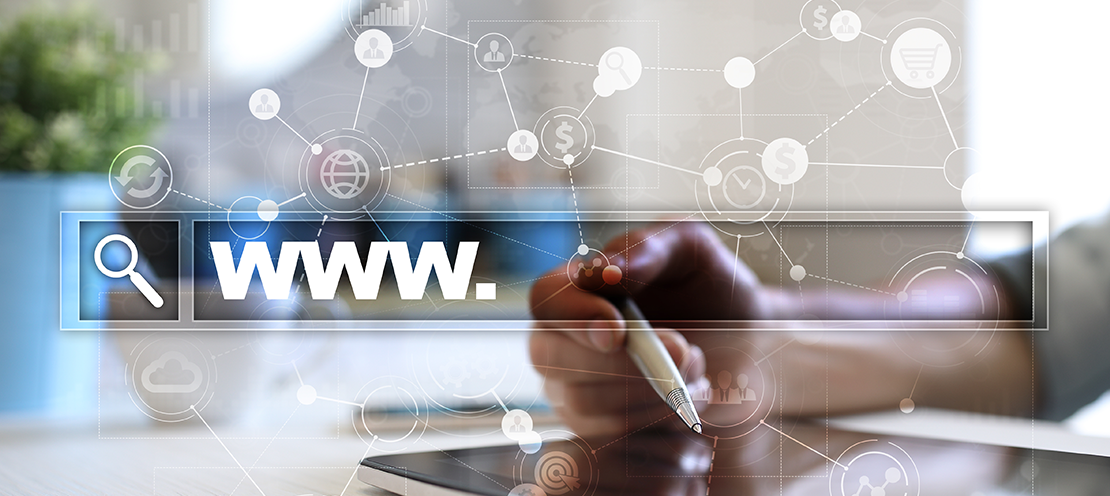Conclusion
With all the stuff we’ve covered here in the blog post, you should be able to refine your audience reach and maximize those goals. It can feel overwhelming to get started on a marketing plan if you don’t know where or how to begin, but it doesn’t have to be that way! In fact, some of the best advice we can give is just what we started with: simplifying. Think about what matters most for your event, then start working on ways that you can track its success. You might find that even if you only focus on one metric (audience reach), there will be a lot more information available than you knew before—which is great! All this information means more opportunities for improvement next time around! Contact
Nextiz team for any further help!
 Email marketing is one of the most effective ways to reach existing customers and event attendees. It can be used to promote an event and encourage people to attend, or it can be used as a way to thank them for attending.
The number one thing you should do with email is create a custom email marketing campaign that specifically targets your event attendees. This could include:
Email marketing is one of the most effective ways to reach existing customers and event attendees. It can be used to promote an event and encourage people to attend, or it can be used as a way to thank them for attending.
The number one thing you should do with email is create a custom email marketing campaign that specifically targets your event attendees. This could include:
